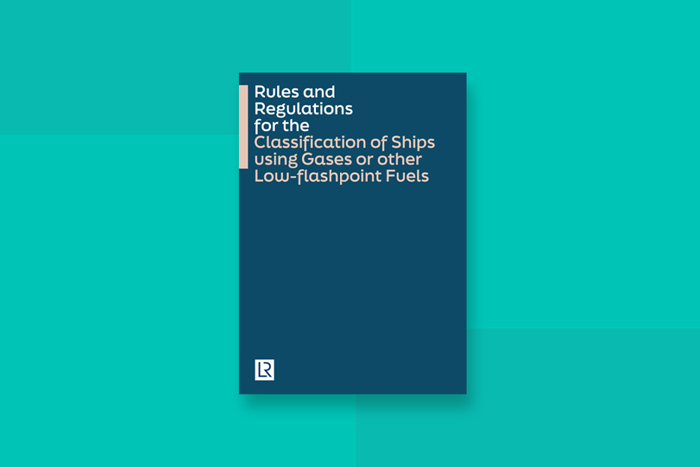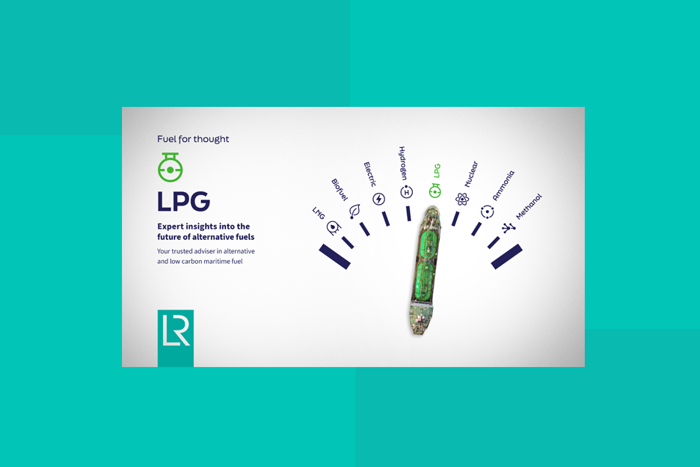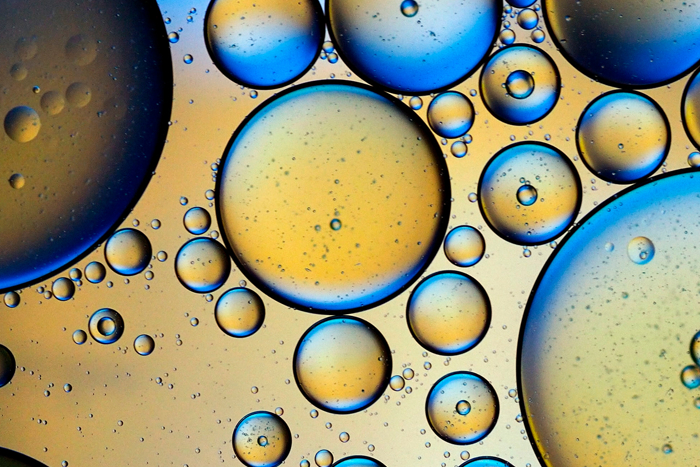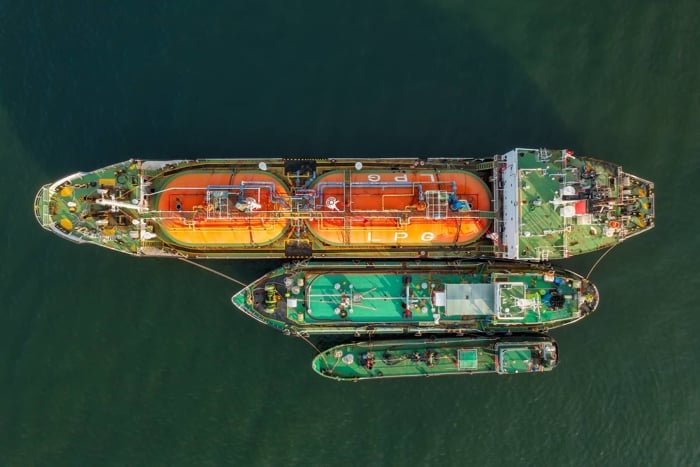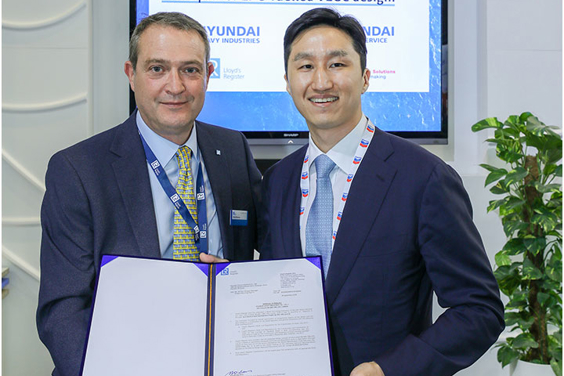The Rise of LPG in the Maritime Industry. How does it power ships?
Liquefied Petroleum Gas (LPG) is emerging as a promising alternative fuel for the maritime industry, offering a cleaner, more sustainable option for powering ships. As the shipping sector seeks ways to reduce its environmental footprint, LPG stands out due to its lower greenhouse gas emissions and near elimination of sulphur emissions compared to conventional maritime fuels.
Benefits of LPG as an alternative fuel in the maritime industry
The International Maritime Organization’s (IMO) stringent regulations on sulphur content have propelled the adoption of LPG as a ship fuel. LPG’s ability to comply with both local and global sulphur restrictions, coupled with its reduction in nitrogen oxide (NOx) emissions, positions it as an attractive solution for the industry. Moreover, LPG’s existing global infrastructure, including storage and loading facilities, supports its viability as a marine fuel.
The Future of LPG as a marine fuel: Ensuring safety and compliance
The transition to LPG is further facilitated by the development of new class rules and safety codes, such as the IGF Code, which ensure the safe and efficient use of LPG in shipping. With advancements in engine technology and a growing commitment to decarbonisation, LPG is poised to play a significant role in the future of maritime fuel, steering the industry towards a more sustainable horizon.
The road to decarbonising maritime transportation is long, and LPG offers a promising path with the potential to significantly reduce the industry's environmental footprint. Continued development and collaboration are crucial to overcome existing challenges and unlock the full potential of LPG as a fuel for shipping.
Latest content, downloads and tools
Back to: Fuel for thought hub






